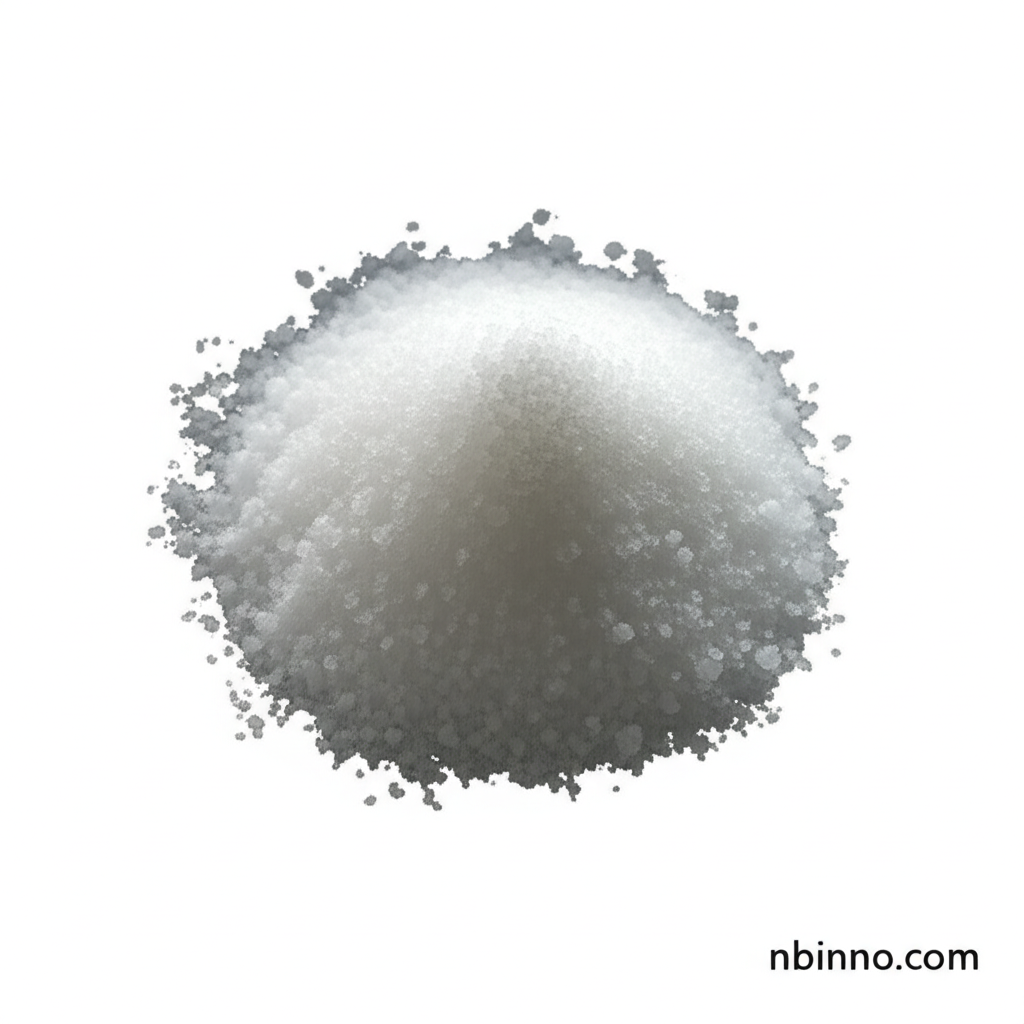2-(Dicyclohexylphosphino)biphenyl: A Key Ligand for Modern Synthesis
Discover the power of a superior phosphine ligand in driving catalytic efficiency and innovation.
Get a Quote & SampleProduct Core Value

2-(Dicyclohexylphosphino)biphenyl
This highly effective organophosphorus compound is a cornerstone in advanced chemical synthesis, particularly as a ligand for palladium-catalyzed reactions. Its unique sterically hindered and electron-rich structure significantly boosts the efficiency and selectivity of critical processes like cross-coupling and hydrogenation.
- Explore the utility of 2-(Dicyclohexylphosphino)biphenyl catalysis in demanding synthetic pathways.
- Leverage the capabilities of dicyclohexylphosphino biphenyl Suzuki coupling to form carbon-carbon bonds efficiently.
- Utilize this robust aryl halide amination ligand to achieve superior yields in amine synthesis.
- Understand why this phosphine ligand for palladium catalysis is a preferred choice for researchers aiming for optimized reaction outcomes.
Key Advantages
Enhanced Reaction Efficiency
As a leading phosphine ligand for palladium catalysis, it dramatically increases reaction rates, contributing to shorter synthesis times and improved overall productivity.
Superior Selectivity
The specific design of this ligand aids in directing reactions with high selectivity, minimizing by-products and simplifying purification processes, a key aspect when considering organophosphorus chemistry.
Versatile Application Scope
From pharmaceutical development to material science, its ability to facilitate complex chemical transformations makes it indispensable for various innovative projects.
Key Applications
Catalysis
Serve as an essential component in various catalytic systems, including palladium-catalyzed cross-coupling and hydrogenation reactions, improving the efficiency of 2-(Dicyclohexylphosphino)biphenyl catalysis.
Organic Synthesis
Facilitate the formation of complex organic molecules, offering researchers a versatile tool for building intricate molecular architectures through methods like dicyclohexylphosphino biphenyl Suzuki coupling.
Pharmaceutical Development
Play a crucial role in drug discovery processes, aiding in the development of new pharmaceuticals by enabling key reactions in medicinal chemistry, acting as an aryl halide amination ligand.
Material Science
Contribute to the development of advanced materials, including polymers and nanomaterials, essential in electronics and coatings due to its robust performance as a phosphine ligand for palladium catalysis.
